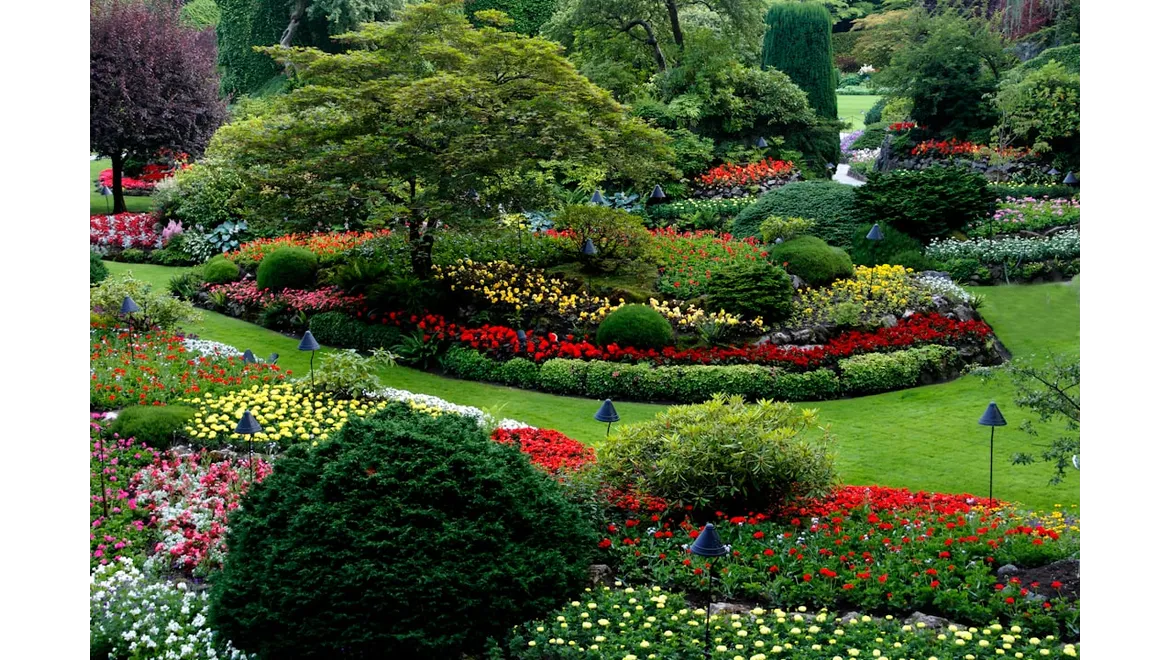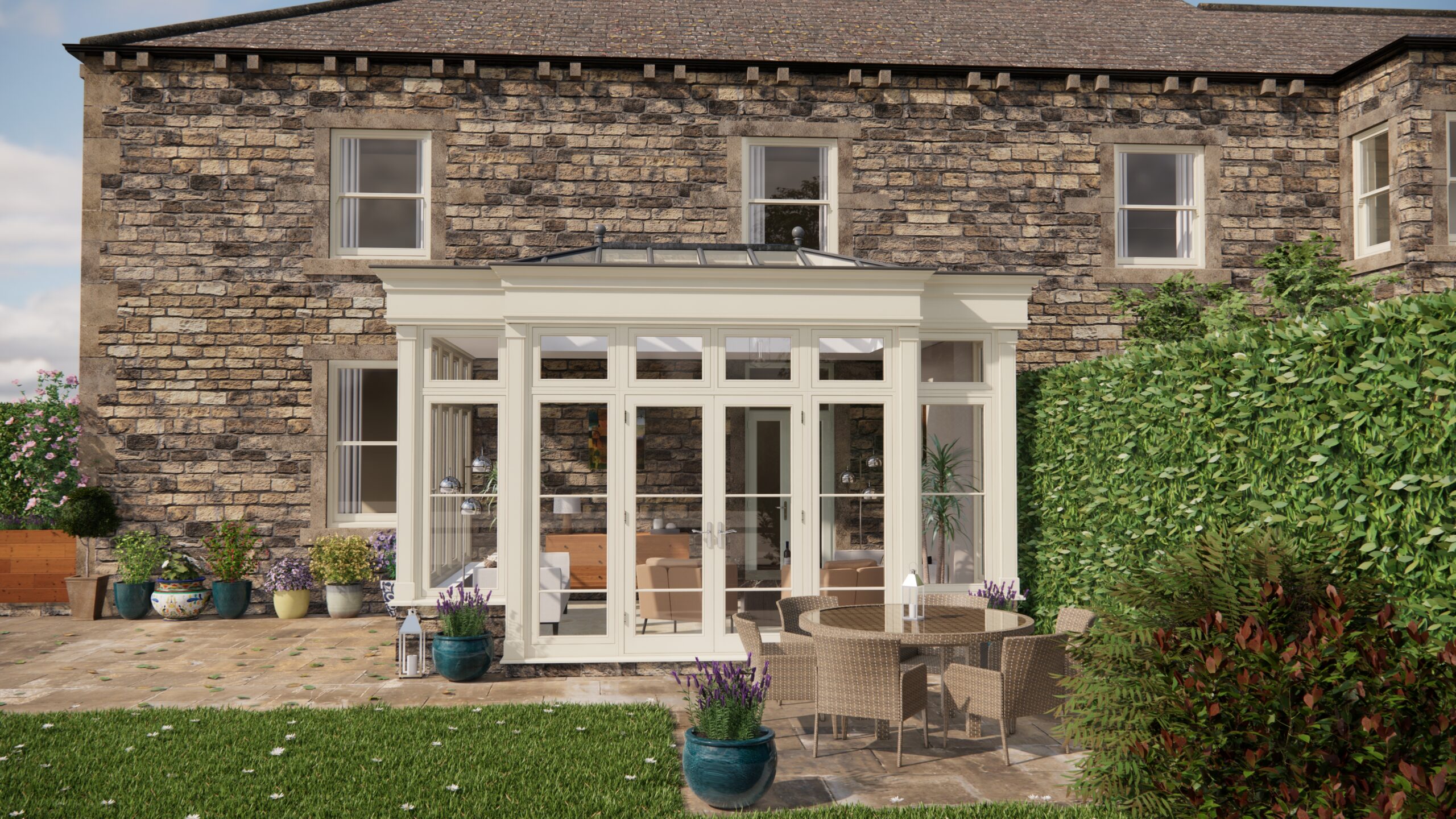Right, so I’ve been itching to get my garden properly sorted for ages, but it felt a bit overwhelming. Luckily, I managed to snag some time with Luca, a proper gardening guru, to get some insider tips. Luca’s specialty? Designing gardens that aren’t just pretty, but genuinely work for you all year round. Think less ‘patchy lawn and a few roses’ and more ‘outdoor oasis’. So, grab a cuppa, and let’s dive in!
The Zoning Secret: More Than Just Pretty Plants
Luca started by hitting me with the big idea: zoning. “It’s all about thinking about what you actually do in your garden,” he explained, “and creating distinct areas for those activities. Relaxation, play, growing – they all need their own space.”
We started by thinking about relaxation. A patio was obvious, but Luca suggested considering the sun’s path. “Think about when you’ll actually use it. Morning coffee? A sheltered breakfast spot facing east is perfect. Evening drinks? West-facing, with a bit of screening for privacy.” I hadn’t even considered that! To replicate this think about the times of day you would like to use your space the most and plan your layout with this in mind.
For play, Luca suggested thinking beyond just a swing set. “Kids need space to explore, to build dens, to get muddy!” Natural materials are key here – a bark chip area, a patch of long grass, maybe even a designated ‘mud kitchen’. A key tip he mentioned was to position this zone where it is in view from the house, so you can keep a close eye on the little ones!
Then, the productive gardening zone. This doesn’t just mean the vegetable patch. It could be raised beds, a greenhouse, a potting shed. Luca suggested keeping this practical area closer to the house for easy access, especially in winter. Think about incorporating water butts for rainwater harvesting – practical and eco-friendly! He also mentioned that having this zone hidden with some trellising and climbing plants can really elevate the look of the area.
Smooth Transitions: Blurring the Lines (Artfully!)
Creating zones is one thing, but the real magic happens in the transitions. You don’t want it to feel like you’re stepping into a different world every few feet. Luca’s secret? “Repetition and layering.”
He elaborated by saying you should repeat colours or plant types across different zones to create a sense of cohesion. For example, the same flowering shrub in the relaxation area and in the productive garden beds. Layering means using plants of varying heights to create depth and soften the boundaries. A low hedge, then a taller shrub, then maybe a climbing plant on a trellis. It keeps things interesting without feeling abrupt.
Think about path materials too. Gravel paths feel informal and are great for meandering through a relaxed garden, while paving slabs provide a more structured feel, fitting for the play zone. The important thing is to be consistent, use a maximum of two different path materials for the best look.
Year-Round Interest: Beyond the Summer Bloom
Of course, a UK garden needs to look good year-round, and that means thinking beyond summer flowers. Luca was full of suggestions. “Evergreens are your friends!” he exclaimed. He recommended structural shrubs like boxwood, yew, and viburnum to provide a constant backdrop. Then, think about plants with interesting bark (like birch or dogwood), winter berries (holly or cotoneaster), and early-blooming bulbs (snowdrops, crocuses). Luca suggested grouping plants together in large clusters to give them a larger visual impact.
Hardscaping plays a huge role here, too. A well-designed pergola, a strategically placed sculpture, or even a beautifully paved patio can provide visual interest even when the plants are dormant. Water features such as small ponds are also a welcome addition to the winter landscape, as they can continue to be enjoyed during the off seasons.
The Orangery Factor: Blurring Indoors and Out
And then we talked about the holy grail of garden enjoyment: the orangery. Luca’s eyes lit up. “It’s the ultimate transition space! It extends the growing season, provides a year-round retreat, and blurs the line between indoors and out.”
He suggested treating the orangery as an extension of the garden itself, using similar colours, materials, and planting styles. You can even grow climbing plants inside that spill out onto the garden walls, creating a seamless connection. Furniture choices are key here, try to keep it bright and airy, and introduce natural materials to help merge it into the garden. Furthermore, if you’re looking to create a more seamless integration into your existing garden, you should consider using bi-folding doors which allow a greater degree of opening.
Accessibility: Making Your Garden for Everyone
Finally, Luca stressed the importance of accessibility. Wide, smooth paths, raised beds, and seating at different heights can make the garden enjoyable for everyone, regardless of age or mobility. Ramps are much more attractive and easier to navigate than steps for those with mobility issues.
So, after my chat with Luca, I’m feeling so much more confident about tackling my garden redesign. The key takeaways? Think about how you want to use your garden, create distinct zones for those activities, and use smart landscaping to create smooth transitions and year-round interest. Don’t forget the orangery for the ultimate garden escape! Finally, remember accessibility is key, gardens should be accessible for everyone.


